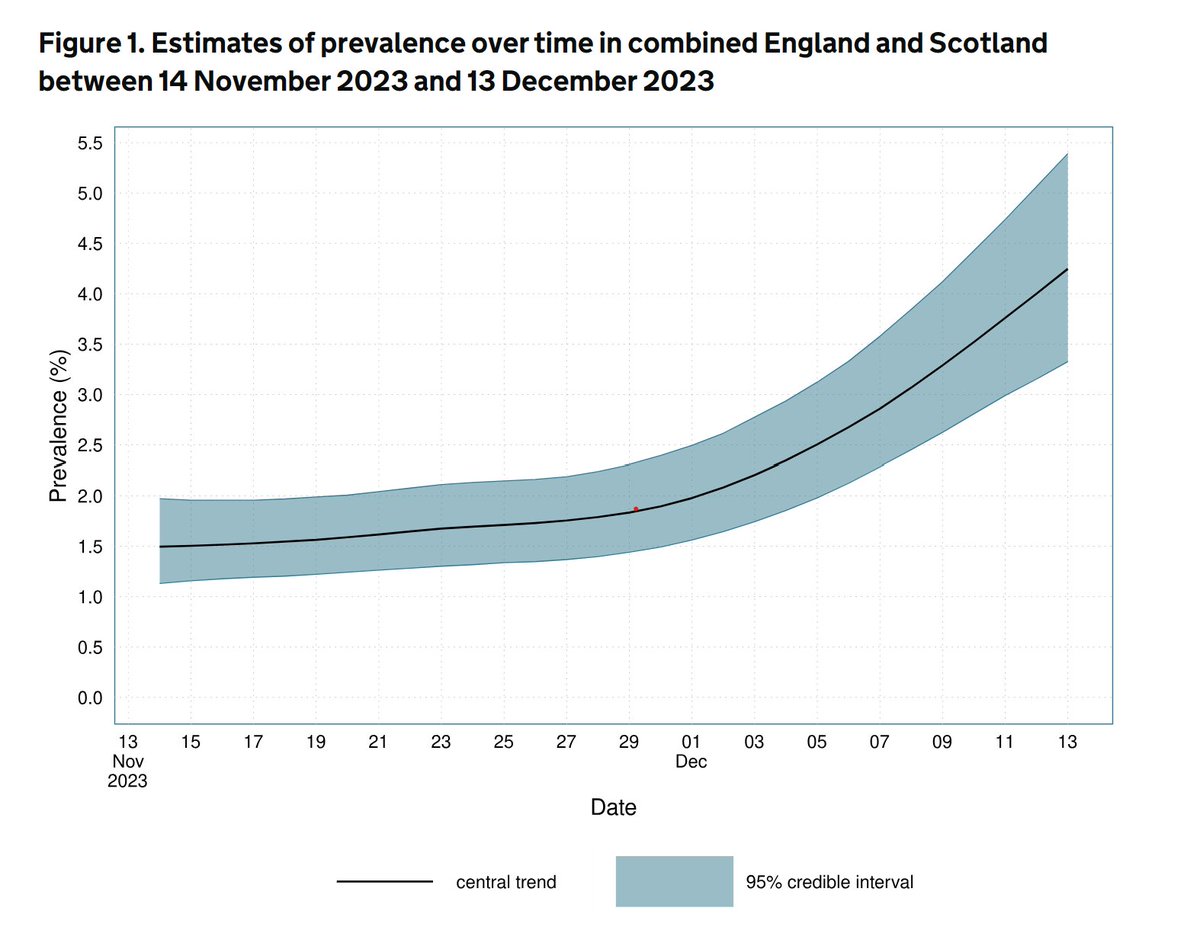A bit late to the party with comment on the PHE data issued on Thu, and the issue with NIMS/ONS population figures has been well described by many, including @JamesWard73.
But worth setting out how it affects my previous estimate of effectiveness, shown again here.
1/
But worth setting out how it affects my previous estimate of effectiveness, shown again here.
1/

That used ONS data for the 50+ population, 21.3m, and deducting those we know to be vaccinated, came up with 0.77m without any jabs. Move to a NIMS figure, 22.4m, and the number unjabbed increases by the full difference, to 1.83m - ie it more than doubles.
2/
2/
If you more than double the denominator, the resulting rate for the unvaxxed more than halves, and you see the difference here. Note the other figures are unchanged, as we know those populations.
3/
3/

Which estimate of population to use has been hotly debated, and this issue shows the risks of using data without understanding its limitations.
But which one is right you ask? As a sense check, using NIMS data gives an efficacy for admissions of 78%, whereas ONS gives 91%.
4/
But which one is right you ask? As a sense check, using NIMS data gives an efficacy for admissions of 78%, whereas ONS gives 91%.
4/
Elsewhere in the same report from PHE, efficacy against hospitalisation from Delta is put at 96%, which might suggest the ONS data is closer to the mark.
5/
5/

It's great we now have a much more detailed age split, but the confusion over data, (disappointingly amplified by @Peston who should have done more research given his influence), has, at best, diluted the impact.
6/
6/
And even figures based on the NIMS data still provide a compelling reason to be vaccinated if you are one of the older age groups who are still unpersuaded as to the benefits.
7/
7/

And looking at younger age groups, whilst death is much rarer, the equivalent data for admissions shows that vaccination still results in a very significant reduction in your risk of being hospitalised.
8/
8/

There were 438 admissions for under 18s in the four week period in the data. Unfortunately the majority of these will not have had the opportunity to be vaccinated (a different subject), but this highlights the ongoing risk to younger people.
9/
9/

Thanks to all those at PHE involved in this latest enhancement to the data. I know it's been long asked for, but I don't underestimate the work involved in getting the data, crunching the numbers and setting up a process for weekly updates.
10/10
assets.publishing.service.gov.uk/government/upl…
10/10
assets.publishing.service.gov.uk/government/upl…
• • •
Missing some Tweet in this thread? You can try to
force a refresh












